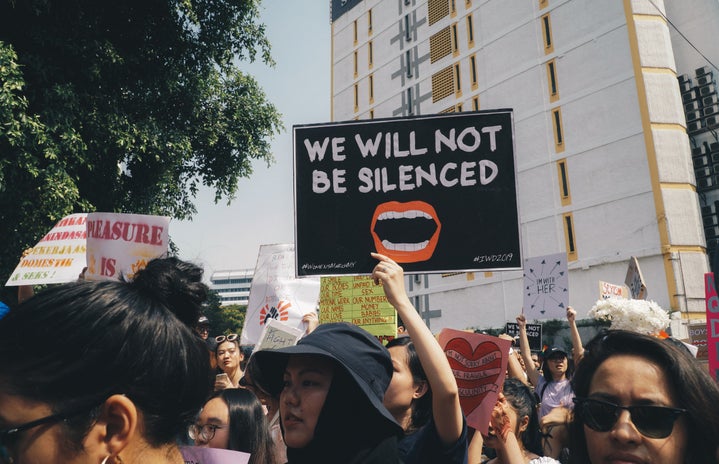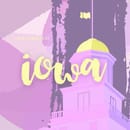Communication, in all sense of the word, is underrated. Words hold an overwhelming amount of power. The ability to yield them in a way that is understandable and impactful can change lives. In fact, science communication may just save the world.
Before you shake me off as another journalism major with way too much faith in her own field (which is only partially true), let me remind you that I am also a biology minor and sustainability certificate.
Fall of 2020, I took a biology course called Diversity of Form and Function. Never before have I taken a class so seemingly meaningless to my career path. And yet, I found myself at 1 a.m. memorizing the phylogeny of prokaryotes and deuterostomes, researching the difference between a gastrula and a blastula, and reading about the importance of lymphocytes. Despite my indifference, I drank some coffee and kept working.
And then Greta Thunberg visits Iowa City. Greta, a sixteen-year-old student-turned-activist who has taken it upon herself to inform others about the realities of climate change. Greta, who is known for her emotional and brilliant speeches that turn an audience of bureaucrats silent – a feat not easily accomplished. A girl who changes the world with words.

Even worse, we try to supplement our gaps in understanding by using the Internet. The Internet, a platform filled with fake news, semi-factual information, and plenty of opinions. A place that rewards shock value over accuracy, quantity over quality, and Photoshop over everything.
So, if we can’t understand the scientists, and we can’t trust the Internet, where should we get our information?

And that is why courses as categorical and specific as Diversity of Form and Function are actually vital to my future. What’s the point in communicating something you don’t understand? That is also why engineering, pre-med, and other science students take classes to improve their communication. What’s the point in studying something you can’t communicate? We don’t put sixteen-year-olds in vehicles without any sort of training and say, “Ok, drive.” They take a class that teaches them how to operate a car safely and efficiently. Think of scientific communication as the Driver’s Ed of the world. Without it, we’d have a lot more accidents. With it – and with a lot of hope – we stand a chance at just barely surviving.
Science communicators who know what they are talking about:
- Carl Sagan : Astronomer, cosmologist, astrophysicist, astrobiologist, author, science popularizer, and science communicator, working with and for organizations such as NASA, the American Astronomical Society, and the American Association for the Advancement of Science. He received awards for his contributions to the scientific community, including the NASA medals for Exceptional Scientific Achievement and for Distinguished Public Service (twice), the NASA Apollo Achievement Award, and the John F. Kennedy Astronautics Award of the American Astronautical Society. He also was recognized for his exceptional science communication and public awareness efforts, being granted the Public Welfare Medal of the National Academy of Sciences, the Pulitzer Prize, an Emmy, and a Peabody award. Overall, he was an extraordinarily intelligent communicator who successfully bridged the gap between science and the public. (The Planetary Society – Carl Sagan).
- Maryn McKenna : Author, journalist, and speaker who has written for National Geographic, Wired, The New York Times Magazine, NPR, Newsweek, Scientific American, and Nature, among other platforms. She has given countless presentations and is focused on public health, global health, and food policy. (Bio – Maryn McKenna).
- Neil deGrasse Tyson : An astrophysicist and a successful communicator, he has studied at Harvard and Columbia, going on to host Nova ScienceNow, StarTalk Radio, and the reboot of Cosmos, serving as a presidential advisor to George Bush, and publishing many original books, including Astrophysics for People in a Hurry. (Biography – Neil deGrasse Tyson).
- Carl Zimmer : Specializing in evolution, parasites, and hereditary, he has been published in The New York Times, Discover, Wired, The Atlantic, and National Geographic. He has received awards for his digital and print journalism, as well as his many books. (Bio – Carl Zimmer).
- Bhavya Khullar : Based in New Delhi, she is a Programme Officer with the Food Safety and Toxins Unit of the Center for Science and the Environment (CSE). Not only has she worked with the British Council, but she has also written for numerous news platforms, including Mongabay, Research Matters, Firstpost, and Climate Central. (British Council).
Image Credit: 1



